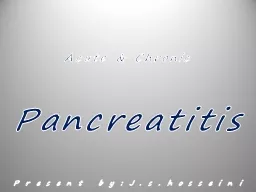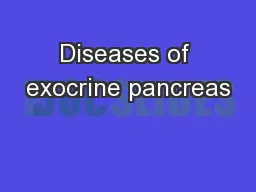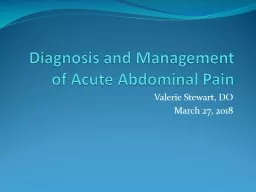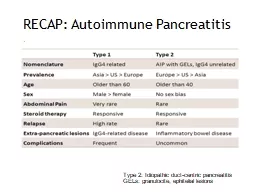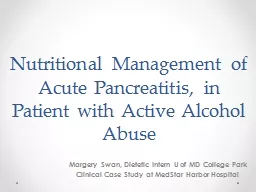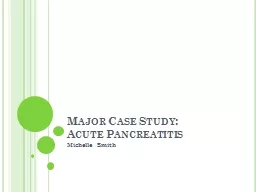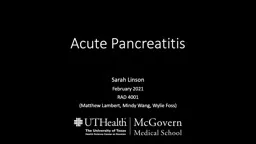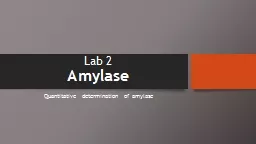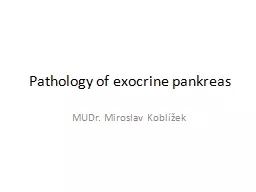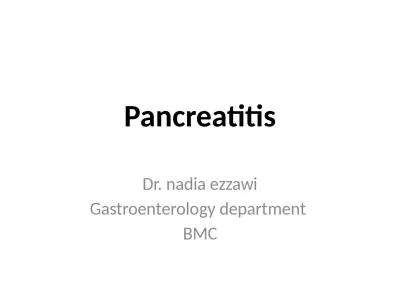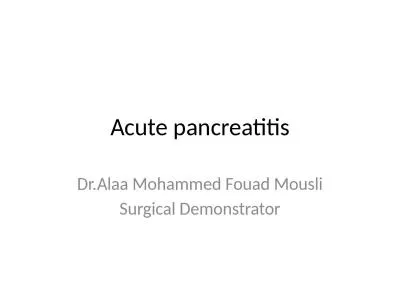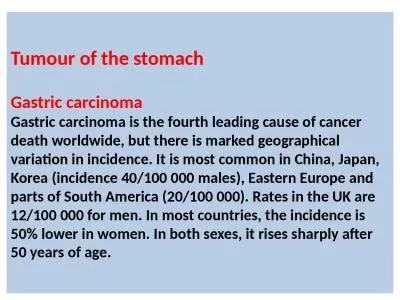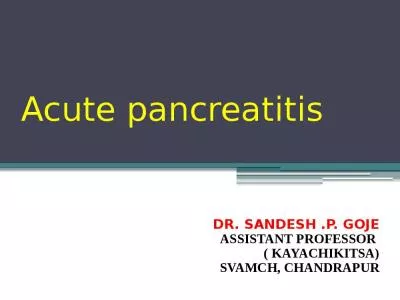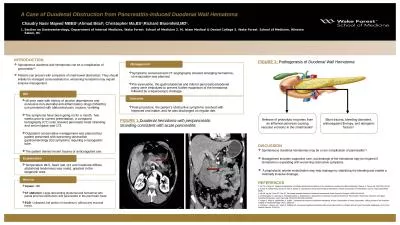PPT-Acute & Chronic Pancreatitis
Author : Hardrocker | Published Date : 2022-07-28
Present byJshosseini Anatomy Retroperitoneal Organ Weighs 75 To 100 G 15 To 20 Cm Long Head Neck Body Tail 2 Inflammation or infection of the pancreas Normally
Presentation Embed Code
Download Presentation
Download Presentation The PPT/PDF document "Acute & Chronic Pancreatitis" is the property of its rightful owner. Permission is granted to download and print the materials on this website for personal, non-commercial use only, and to display it on your personal computer provided you do not modify the materials and that you retain all copyright notices contained in the materials. By downloading content from our website, you accept the terms of this agreement.
Acute & Chronic Pancreatitis: Transcript
Download Rules Of Document
"Acute & Chronic Pancreatitis"The content belongs to its owner. You may download and print it for personal use, without modification, and keep all copyright notices. By downloading, you agree to these terms.
Related Documents

